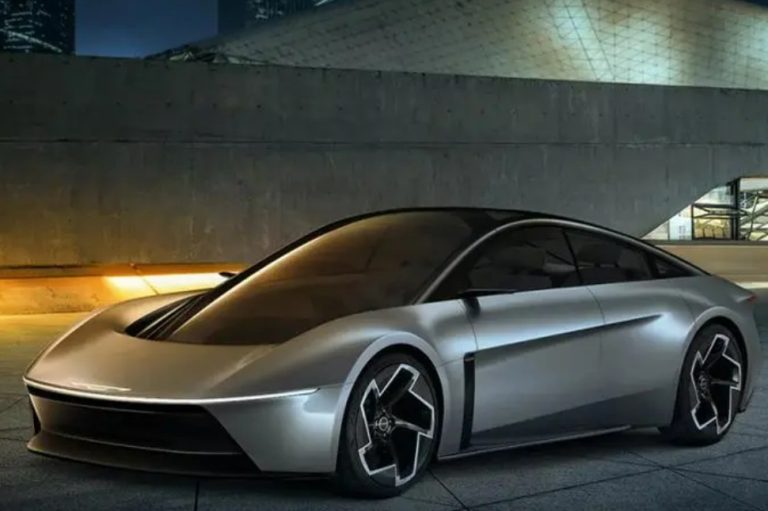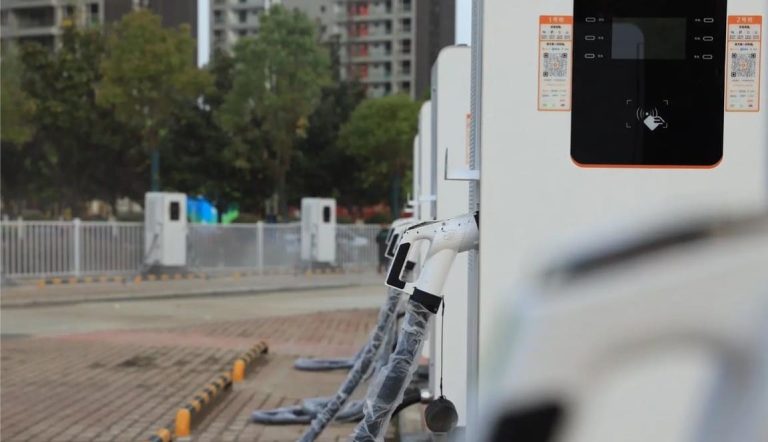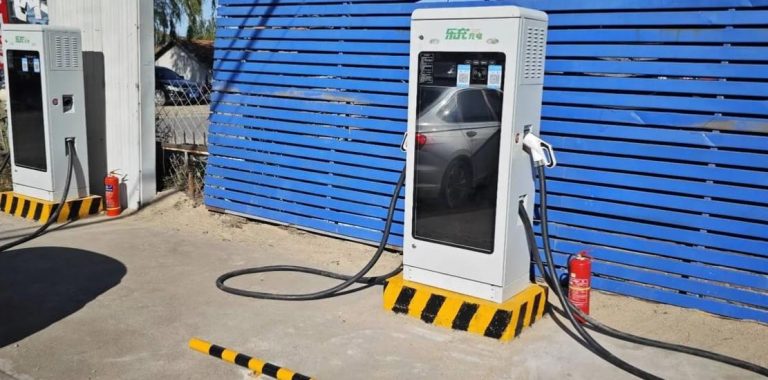Which evs charge the fastest
Which EVs Charge the Fastest: A Detailed Look at Ultra-Fast Charging Technologies
Based on the latest real-world test data from 2025, the electric vehicles that currently charge the fastest include models from BYD, Zeekr, Li Auto, Zhiji, XPeng, and Porsche, supported by breakthroughs in battery technology and charging infrastructure. These vehicles are capable of adding hundreds of kilometers of range in just minutes, significantly reducing charging time and bringing EV convenience closer to that of refueling a conventional car.

The BYD Han L is at the forefront of charging speed. The Han L has a full-domain high-voltage architecture and a second-generation Blade Battery that allows for megawatt-level flash charging, with a maximum charging capacity of 1000 kW. This corresponds to an impressive 2 km/s charging rate. Practically speaking, the car can increase its range by 400 kilometers in just five minutes, and it only takes five to six minutes to fully charge. In order to facilitate this capability, BYD has constructed more than 4,000 flash charging stations, which help prevent problems and make the charging process nearly as quick as filling up a car with gas. The Han L is at the forefront of ultra-fast charging thanks to this infrastructure advantage and state-of-the-art battery technology.
The Zeekr 007, which has a second-generation Golden Brick Battery and an 800V high-voltage architecture as standard, is another noteworthy model. It can charge at a rate of 4.5C and with a maximum power of 500 kW. As a result, the car can charge from 10% to 80% in just 10.5 minutes. Even more quickly, the Zeekr 007 can increase range by 240 kilometers in 5 minutes and 610 kilometers in 15 minutes. 800V systems, which significantly improve charging efficiency and cut down on time spent at charging stations, are increasingly being used in models such as these and are quickly becoming the industry standard.
The Li Auto MEGA, developed in collaboration with CATL, features the Kirin 5C battery. At low battery levels, it can achieve a peak charging power exceeding 520 kW. The 102 kWh battery pack can be charged from 8% to 80% in just 11 minutes, adding up to 500 kilometers of range. This kind of performance is made possible by the high charging rate and thermal management systems that maintain battery stability during ultra-fast charging, ensuring both speed and safety.
Zhiji LS6 is the first model to adopt a “quasi-900V dual silicon carbide high-performance platform,” with a peak working voltage of 875V and a total power of up to 579 kW. Its charging efficiency is exceptional: 5 minutes of charging adds 200 kilometers, 10 minutes adds 350 kilometers, and 15 minutes adds 500 kilometers. The use of silicon carbide technology reduces energy loss and heat generation, allowing for sustained high-power charging and making it one of the fastest-charging SUVs on the market.
The XPeng G6 is one of the few 800V-based EVs in the more reasonably priced range, costing about 200,000 yuan. It uses 13.2 kWh of energy per 100 kilometers and has a range of up to 755 kilometers on a single charge. It can increase its range by 300 kilometers in 10 minutes on XPeng’s superchargers. It charges twice as quickly as 400V vehicles, even on common fast chargers, highlighting the usefulness of high-voltage platforms in daily life.
Among international brands, the Porsche Taycan remains a strong contender with its 800V ultra-fast charging system. It can add 100 kilometers of range in 4 minutes and reach 80% charge from zero in 15 minutes, providing a range of up to 400 kilometers. Porsche’s commitment to high-performance charging ensures that the Taycan continues to be a benchmark for luxury electric vehicles.
Behind these vehicles are significant advancements in battery technology. CATL’s “Shenxing Plus” battery can provide 600 kilometers of range after just 10 minutes of charging. Sunwoda’s “Flash Charging Battery 3.0” enables 500 kilometers in 10 minutes, and CALB’s 5C battery adds 300 kilometers in 5 minutes. These innovations are pushing the boundaries of energy density and charging rates, making ultra-fast charging more accessible and reliable.
Infrastructure development for charging is equally important. Drivers can make use of their cars’ high-speed charging capabilities thanks to BYD’s network of more than 4,000 flash charging stations. Although many people still use Tesla’s V3 Superchargers, which have a maximum power of 250 kW, some models, such as the Model 3, now charge more slowly than BYD’s products in practical settings. Many manufacturers, such as Li Auto’s MEGA and Zeekr’s 007, have adopted 800V high-voltage platforms, which is aiding in the industry’s standardization of faster charging.
It is crucial to remember that variables like battery condition, ambient temperature, and charging power matching can all have an impact on the actual charging speed. As a result, even though these cars are the pinnacle of charging technology, actual performance might differ depending on certain circumstances. But there is no denying that EV charging speed has increased, and as long as batteries and infrastructure continue to advance, the difference between electric and gasoline refueling will keep getting smaller.






































































































































